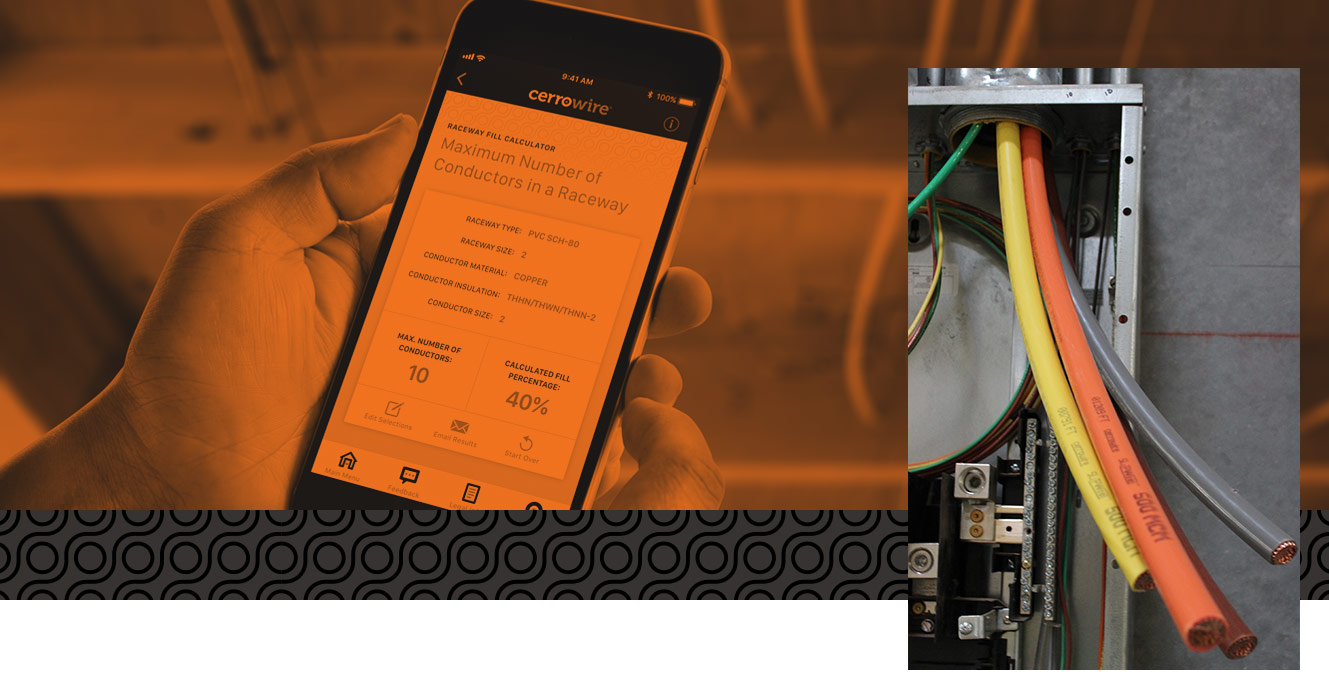When it's all inside the wall like that, you generally don't use individual wires in conduit.
Yeah, that's what NM-B cable is intended for--running directly in walls. You would need to use 4 gauge cable for the 60A circuit, though. Check this ampacity table for reference:
Ampacity is the maximum current that a conductor can carry continuously under the conditions of use without exceeding its temperature rating. Cerrowire's ampacity chart helps calculate the load requirement for a circuit.

www.cerrowire.com
The 6 gauge is only allowed up to 55A, so you do need 4 gauge.
It's going to take a little drywall work. You'll have to cut a square of it off the wall that spans across those studs. And you'll have to drill through the stud from the side to put the cable through. And then you'll have to screw your square of drywall back in and tape it. But then it will be a pretty clean look.



